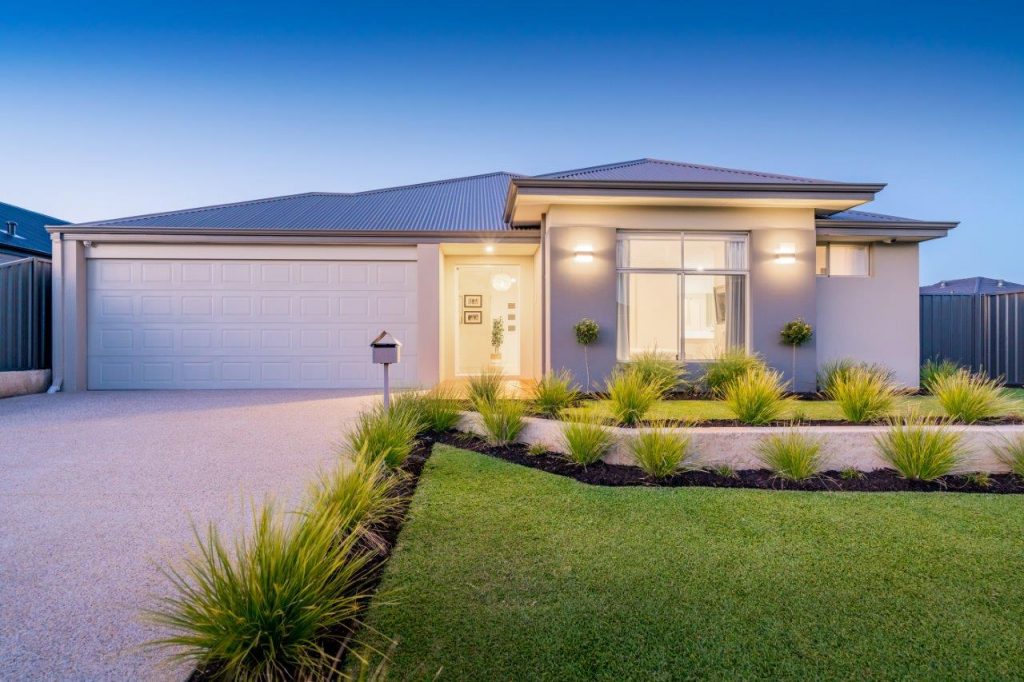
An accessible home on the outside gives way to one on the inside that provides accessibility as well for the residents and those coming into the home
Universal design is a great tool that we can use to help accomplish aging in place solutions and objectives, but it is not an end in itself or comprehensive in nature. We get to choose what to implement and to what extent. It was never intended as a one-size-fits-all fix that we could overlay on any dwelling.
On the one hand, having a home that is entirely (or nearly so) completed with universal design strategies would make everyone’s life easier, but at what cost? First, there is the additional expense to modify a person’s home with universal design applications. Second, there is the potential over-reaching of doing or trying to do too much with or for someone – a person who really doesn’t require or appreciate all of the modifications that might be suggested or required.
Universal design is a fantastic tool, but it is just that – a tool. We use as much or as little of it that might seem appropriate for a given situation. When we are doing a home modification, we should take a step back and ask how we could accomplish it with a universal design look and feel that applied to nearly anyone who would be coming into or using the space and not just the client.
Just so that we are clear, universal design applies only to residential properties. Using this concept in commercial applications, while there may be the same approach and similar outcomes, is termed accessible design. When we hear the term universal design, we should immediately think of what we are doing or what can be done for homes of just one-four residences in a structure. Any building with five or more dwellings is termed commercial, and different rules apply, such as ADA, Fair Housing, and commercial building codes.
People have different ideas of just how much should be accomplished or implemented in a home. Part of it is financial, Part is aesthetic. Part is function. Mandating certain universal design features just because they are good or attractive features may be too much for the client in any one of these three areas. We have to strike a balance – what we like or feel is recommended, what the client likes and will accept, and what the budget will allow.
Some of us may have a penchant for more universal design features, using them wherever we can as much as we can. Others may favor a more limited approach. This is why we can’t have a code that mandates what should be used and to what extent. Budget, their personal desire and needs, age of the home, what it has already in terms of features, the objectives of the client, and similar considerations have a bearing on what we select for them.
We can be really simple or go toward the other end of the pendulum. There is no requirement either way. That said, the simplest approach possible that both is universal design and low budget – as well as something that would apply to every home and every client – is removing all non-LED light bulbs (and possibly the fixtures themselves) and replacing them with LED bulbs. This provides a more energy-efficient and consistent light source for the clients and anyone else coming into the space. Plus, the bulbs have a long lifespan on average.
The important consideration here is the bulb. We can go toward the lower end of the price spectrum or the top. The more we spend, the longer the bulbs tend to last, but the technology is what we want to achieve and implement. Somewhere under twenty dollars per bulb will get the job done – often, much less than this will do.
The lighting is what we want, but we are not suggesting – and we don’t want anyone to mandate, regulate, or require – that a specific size lumen output or a color output (as measured in degrees of Kelvin) be used for a client. We can mix and match. What one client gets, or what we might use in out personal home, can vary. The point is in the strategy, not the actual items used. LED bulbs come in many shapes and applications from bulbs for table and floor lamp, bulb for recessed lights (also called high-hats, cans, or pots), toe-kick strips, under-counter strips or disks (some call them pucks), and more. They range from a yellowish, warm, incandescent look in the 2,700K range to a whitish blue in the 5000K and higher range. It’s personal preference, but the concept is what we want.
While we may make different selections for our own home for light output (color and intensity) or the number of fixtures, we want our clients to enjoy more safety and comfort than they had when we arrived. LED lighting is a technique that can do this, but not to anyone’s ideal of what needs to be included. This is why we can’t have or suggest that there be a uniform set of requirements for all dwellings to achieve universal design.
Universal design is a tool that helps us fine-tune and implement what the client already has and what they need and agree to have done to enhance their lifestyle and quality of life. Each person will have different needs and requirements – which is as it should be.
